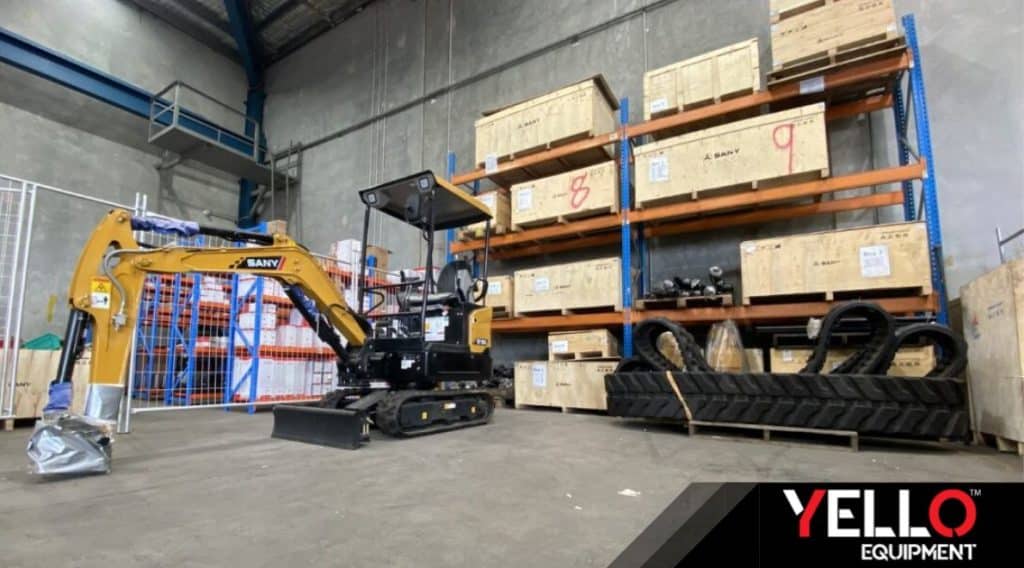If you’re in the market for a new mini excavator, you may be wondering which is
best: steel or rubber tracks?
With each having its own advantages and disadvantages, there are several things to consider when making this decision. These include the conditions in which you’d be operating your mini excavator and the applications you’d want it to perform. Your decision will also be affected by the stage and nature of your project.
1. Traction: Rubber tracks offer superior traction on most surfaces due to their ability to adapt to uneven terrain and higher friction compared to steel tracks. They are ideal for dry, smooth surfaces like concrete and asphalt as they minimise damage and wear. In contrast, steel tracks excel in harsh environments and provide better traction on muddy, snowy, sandy, or icy terrain. They also perform well on extremely uneven ground.
2. Durability: Steel tracks outshine rubber tracks in terms of durability, particularly in rugged environments with debris and jagged rocks. Their continuous chain design allows debris to be naturally expelled, and they resist damage from chemicals that harm rubber tracks.
3. Balance and Counterweight: The weight of steel tracks can benefit excavators when moving heavy loads above their centre of gravity, providing stability by lowering the machine’s centre of gravity.
4. Operator Comfort: Rubber tracks offer a smoother ride for operators, thanks to their flexibility and shock-absorbing qualities. Steel tracks, being less forgiving, can transmit vibrations and cause operator fatigue.
5. Cost: Rubber tracks are initially more affordable, but their lower durability means they need more frequent replacement. While steel tracks have a higher upfront cost, they can be more cost-effective in the long run due to lower maintenance and replacement expenses.
6. Noise Factor: Steel tracks generate loud clattering noises, which can be advantageous for alerting people to heavy equipment operations but a drawback in noise-sensitive areas. Rubber tracks are quieter.
7. Speed and Manoeuvrability: Rubber tracks enable faster and more manoeuvrable movement compared to steel tracks, making them suitable for situations where speed and agility are essential.
8. Repair and Maintenance: Steel tracks require fewer repairs and maintenance due to their strength and wear resistance. Even if a steel link is damaged, it can be easily replaced. In contrast, a broken rubber track necessitates replacing the entire assembly. Steel tracks are also self-cleaning, reducing downtime for maintenance and ensuring efficient work.
Choosing between rubber and steel tracks for your mini excavator depends on factors like terrain, project stage, tasks, speed requirements, cost considerations, durability needs, and traction needs. To discuss your mini excavator requirements with our experts, contact YELLO Equipment™ at 1300 093 556 or through our online enquiry form.
